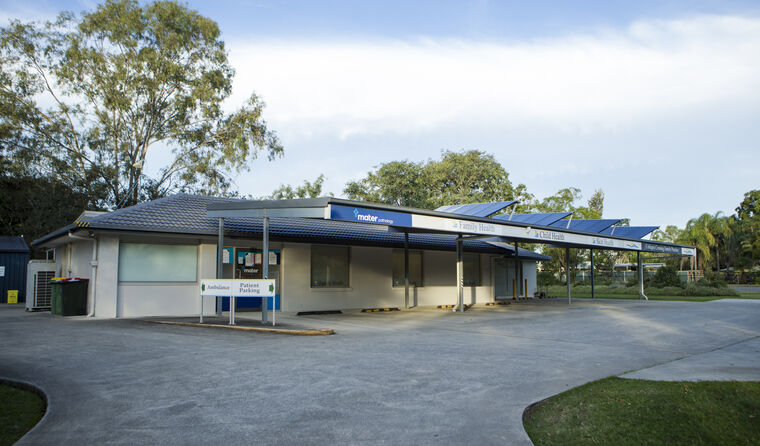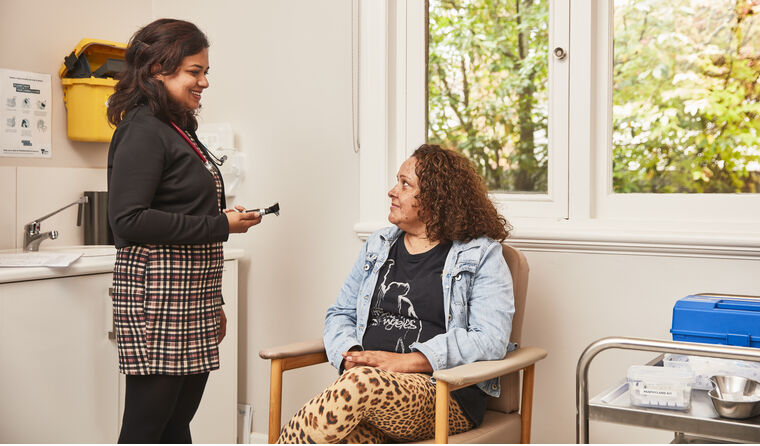News
DPA change making rural GP recruitment harder
With much of Australia now classified as a priority area for doctors, rural health leaders say they are already noticing a rise in pressures on recruitment.
 The recent reclassification of Modified Monash areas is reportedly making it more difficult to recruit GPs to remote parts of Australia.
The recent reclassification of Modified Monash areas is reportedly making it more difficult to recruit GPs to remote parts of Australia.
There has been ‘an immediate impact’ on the GP workforce in rural and remote areas following a decision to expand Distribution Priority Area (DPA) status, newsGP has been told.
Last month’s Federal Government announcement means that GP catchments in Modified Monash 2 (MM 2) areas, which include most large regional towns, now automatically have DPA status.
Some outer-urban areas within large cities, classified as MM 1, have also gained DPA or partial DPA status.
At the time, RACGP Rural Chair Dr Michael Clements warned that it would mean doctors would leave remote posts to work in clinics in urban areas.
Now, the CEO of the Rural Doctors’ Association of Australia (RDAA) Peta Rutherford says that scenario is playing out.
‘We’re already seeing the withdrawal of applications and a reduced number of overseas trained doctor applicants,’ she told newsGP. ‘It’s having an immediate impact.’
There have been a small number of clinics that have already reported doctors leaving due to the DPA changes, Ms Rutherford said, while other doctors have flagged their intention to move.
She believes it is now going to be significantly more difficult to attract doctors to remote general practices with vacancies.
‘We’ve seen adverts of corporate practices where they’re saying, “If you’ve got a provider number with restrictions on it, you can now work in Hobart, or Canberra, unrestricted”,’ she said.
‘If a doctor does leave, the chance of filling that position is going to even be less likely than it was before.
‘Let’s face it, we were already in a rural workforce shortage crisis, this decision is only making the situation worse. Recruitment and retention of rural doctors has been made that bit harder.’
Dr Clements meanwhile says a doctor has resigned from his clinic on Magnetic Island, which is categorised as a remote MM 7, and decided to transfer to Townsville, which now has DPA status.
The changes mean that much of Australia, with the exception of inner-urban areas in large cities, is classed as DPA, allowing practices to recruit from a larger pool of doctors, including international medical graduates and bonded Australian-trained graduates.
A statement provided to newsGP by the Federal Minister for Health and Aged Care, Mark Butler, was critical of the original introduction of the DPA system by the previous government. In 2019, DPA replaced the District of Workforce Shortage (DWS) classification, which was based on GP-to-population ratio.
Minister Butler said it ‘arbitrarily axed the ability of a long list of communities to recruit overseas trained doctors to fill gaps in general practice in those outer suburbs and the regions’.
He also pointed to other Government investments and incentives to help attract doctors to rural parts of the country.
‘We have deliberately not changed the regional incentive payments that doctors receive for working in remote Australia, exactly because we recognise the importance of providing additional incentives for doctors to work in those remote and regional communities,’ Minister Butler stated.
‘We are also investing $146 million to attract and retain more health workers to rural and regional Australia through improving training and incentive programs, and supporting development of innovative models of multidisciplinary care.’
It is that election commitment, aimed at reforming the Workforce Incentive Program medical stream, that Ms Rutherford is hoping to accelerate to address the current recruitment challenges.
 A small number of clinics have already reported doctors leaving due to DPA changes.
A small number of clinics have already reported doctors leaving due to DPA changes.
As the director of Doctor Connect, a Western Australia-based GP recruitment company, Dave Bell is better placed than most to observe how policies are translating to the real world.
Mr Bell said he has already noticed a shift in employment patterns prior to the recent change. In January, all MM 3 areas were also automatically granted DPA status, and the results of an appeals process introduced last year were also coming into effect, allowing new areas to gain DPA status.
‘I think it changed more in January and February when the bulk of the initial DPA appeals were announced,’ Mr Bell told newsGP.
He gives the example of the impact on Kalgoorlie, a mining town 595 km inland of Perth, which he says is now struggling to attract doctors since a shift to DPA status for Bunbury – a coastal city 420 km closer to Western Australia’s capital.
‘Maybe it’s a case that those [Bunbury] practices will fill up and then there’ll be more likelihood [doctors] will go to Kalgoorlie,’ he said.
However, Mr Bell believes the bigger issue for the recruitment of overseas doctors is bureaucracy.
While acknowledging the imperative of proper oversight of medical professionals, he says the current system is ‘over-governed’ and that there are ‘multiple layers of people doing the same thing’.
He also cites the extra personal expense facing overseas doctors going into the new Fellowship Support Program (FSP) as a likely barrier to increasing the number of available GPs.
The self-funded FSP, run through the RACGP, is due to start next year. It replaces the Practice Experience Program (PEP), in which applicants’ funding costs were subsidised by the Department of Health.
‘At the very moment we’re saying there’s a massive shortage of GPs, we’ve got this workforce of overseas-trained doctors who are already in Australia,’ Mr Bell said.
‘They know the conditions, they’re committed to living in this country, and they will go … to our rural places, but compared to six months ago, they’re now sitting with a bill of $30–40,000 [to achieve Fellowship].’
Ms Rutherford says she expects to talk about rural doctor shortages with Minister Butler next week – and hopes present challenges could lead to longer-term solutions.
‘I don’t think there was much thought as to what the ramifications [of the DPA changes] to rural and remote Australia would be,’ she said.
‘It’s been a policy we’ve relied on, not necessarily one we’ve liked.
‘From an RDAA perspective, we don’t want doctors to work where they don’t want to work, or be forced to, so now’s an opportunity for the Government to really look at what the issues are and what they need to put in place to make rural general practice a career of choice.’
Log in below to join the conversation.
DPA international medical graduates rural recruitment workforce shortage
newsGP weekly poll
Health practitioners found guilty of sexual misconduct will soon have the finding permanently recorded on their public register record. Do you support this change?